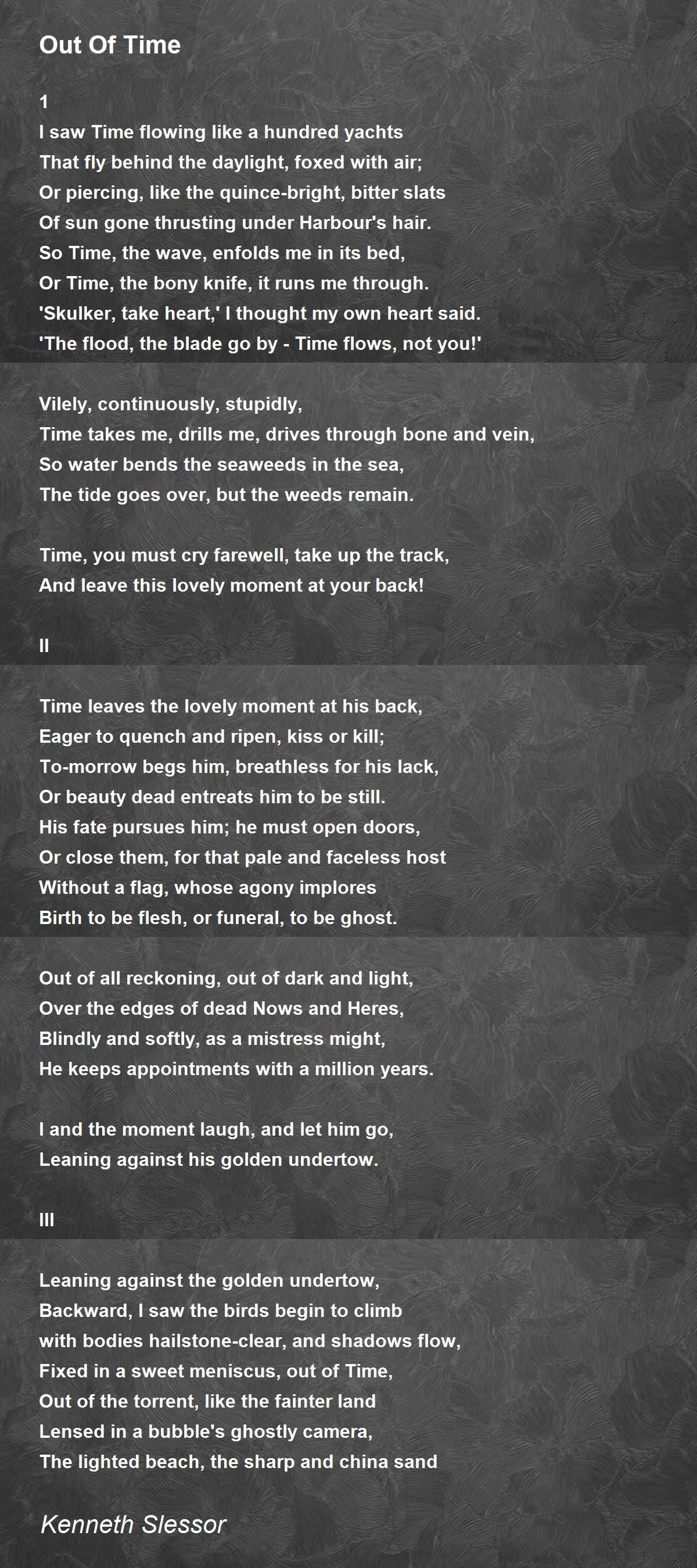

To do this, spend 15 minutes doing some general research on each topic. They’re all still pretty general, and you need to narrow them down to one topic that you can research in depth. Okay, so now you have a list of 3-5 topics. Want to create a digital mind map like the one Thomas uses in the video? Check out Coggle. To see what mind mapping looks like in practice, check out this clip: Anytime I’m stuck on a writing assignment, this method is my go-to. When I write it out step by step, it sounds kind of strange. Repeat until you’ve found 3-5 topic ideas.Inside the smaller ovals, write more specific ideas/topics related to the central one.Draw smaller ovals connected to each of these lines.Draw lines from the oval towards the edges of the paper.Start with whatever your professor has assigned you. Inside that oval, write a super vague topic.Draw an oval in the center of the paper.Make sure the paper isn’t too small - you want lots of room for your ideas. How do you come up with a topic? My number one suggestion is to create a mind map.Ī mind map is a visual way to generate ideas. You’ll spend hours reading dozens of sources, all because you didn’t take a few minutes to develop a topic. If you don’t have a topic, your research will be undirected and inefficient. Let’s look at each of these steps in more detail. In my experience, the research process has seven main steps: Research can feel overwhelming, but it’s more manageable when you break it down into steps. This article focuses on the research you can do with only a library and an internet connection. While these activities are crucial for advancing human knowledge, I won’t be discussing them here. Note: Research can also mean conducting surveys, performing experiments, or going on archaeological digs. Instead of having to ask someone every time you have a question, research will help you solve problems yourself (and help others in turn).

7 steps of a good time out how to#
When you know how to do research, it’s much easier to improve your life and work more effectively. In many cases, this means writing an essay or another type of scholarly paper, but it could also mean giving a presentation or even creating a YouTube video.Įven if you have no interest in academia, research is an extremely useful skill to learn. The broad term for these things is “sources.”Īnd, usually, once you’ve done the research, you present or summarize it in some way.

To answer your question, you consult books, academic papers, newspaper articles, historical records, or anything else that could be helpful. This could be anything from “How can we reduce infant mortality rates?” to “Why does salt make food taste good?” What Is Research?īefore we go any further, what is research?Īt its core, research is an attempt to answer a question. Not only will you learn how to do better research you’ll also learn how to research more efficiently. In this guide, I’m going to show you the 7-step process for researching everything from a 10-page term paper to a final presentation. I think we can do better than that, however.
7 steps of a good time out trial#
It feels like you’re expected to figure it out through trial and error. High school does a poor job of teaching you how to do research, and most college classes do little better. Very often, however, the problem is a lack of research skills.Īnd it’s not your fault. Many things can explain how you got to this point, including procrastination, poor organization, and a messy schedule. Equally as many tabs are open on your laptop, and you still haven’t written a word of the paper that’s due in 7 hours. You’re crouched at a table in some dark corner of the library surrounded by fifteen open books. It’s 2 am, and you’re on your fifth cup of coffee (or was it your sixth?).


 0 kommentar(er)
0 kommentar(er)
